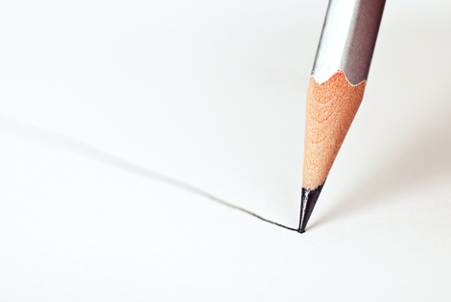
The challenges of the COVID-19 pandemic are felt deep and wide by many of our clients who are affected by trauma and dissociation. Some noted themes of the work in response to the pandemic may include: fears for personal health and safety, loss of control; increased anxiety; feelings of loneliness; experiences of helplessness and hopelessness; and tendencies to isolate, shut down and dissociate, among others.
Creative arts therapists provide unique tools that can be helpful when managing traumatic stress, and these tools can readily be facilitated using web based teletherapy platforms. We employ experiential activities to engage clients and assist with managing stress. Our work is both relational and experiential, so creative arts therapists work in the here-and- now to develop a range of co- created, shared experiences.
One successful tool based in Art Therapy is called “Breath Tracing” which was developed and described (by Tally Tripp) in a recent ISSTD resource video. This simple exercise engages the parasympathetic response by encouraging the client to focus mindfully on the breath, while simultaneously drawing random lines on paper that mimic the breath patterns. Clients and therapists can work together in this practice, breathing and tracing the breath lines.

This process can easily be tracked and observed, simply by orienting the camera or phone to the paper where the random marks are made. Clients are directed not to look at the lines as they are made, and simply to allow the hand to track the breath flow as it moves through the body. Bringing attention to the breath automatically increases mindfulness and is posited to facilitate a parasympathetic relaxation response.
Once complete, reviewing the finished product of the breath lines can lead to interesting discussion. The therapist might ask the client to consider ways to shift the breath through questions about the process such as: “How might you experiment with changing/ deepening that breath?” An important goal of breath tracing is that it can expand the all-important skill of self- regulation, which is essential in managing traumatic stress. This breath tracing activity is also a grounding and resourcing activity that promotes a feeling of safety and stability.

